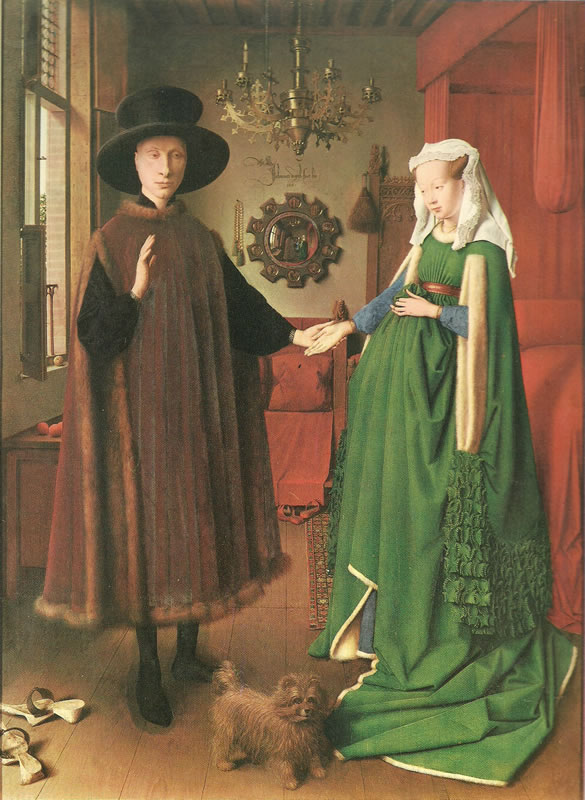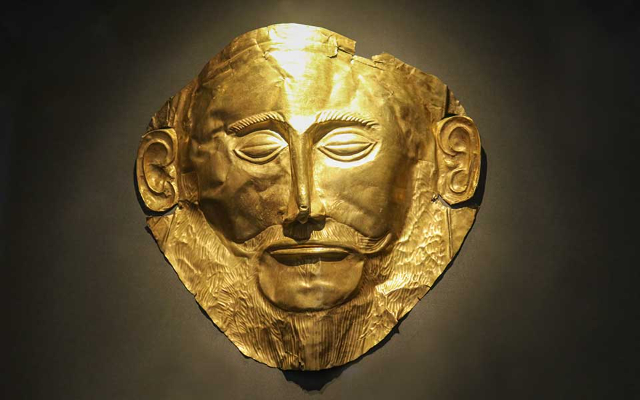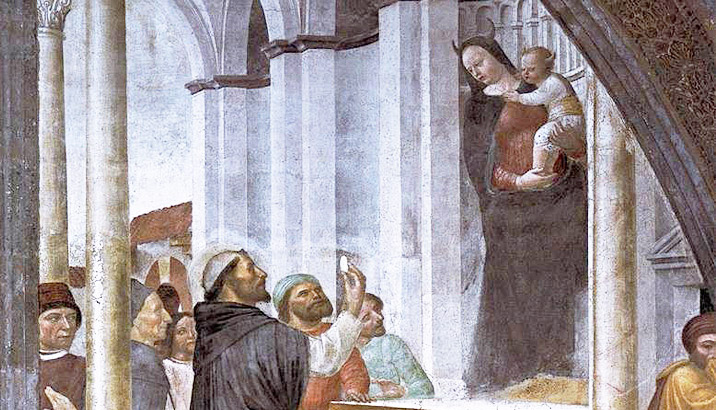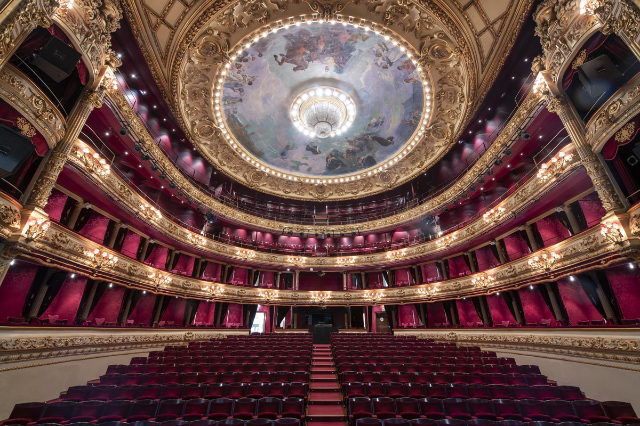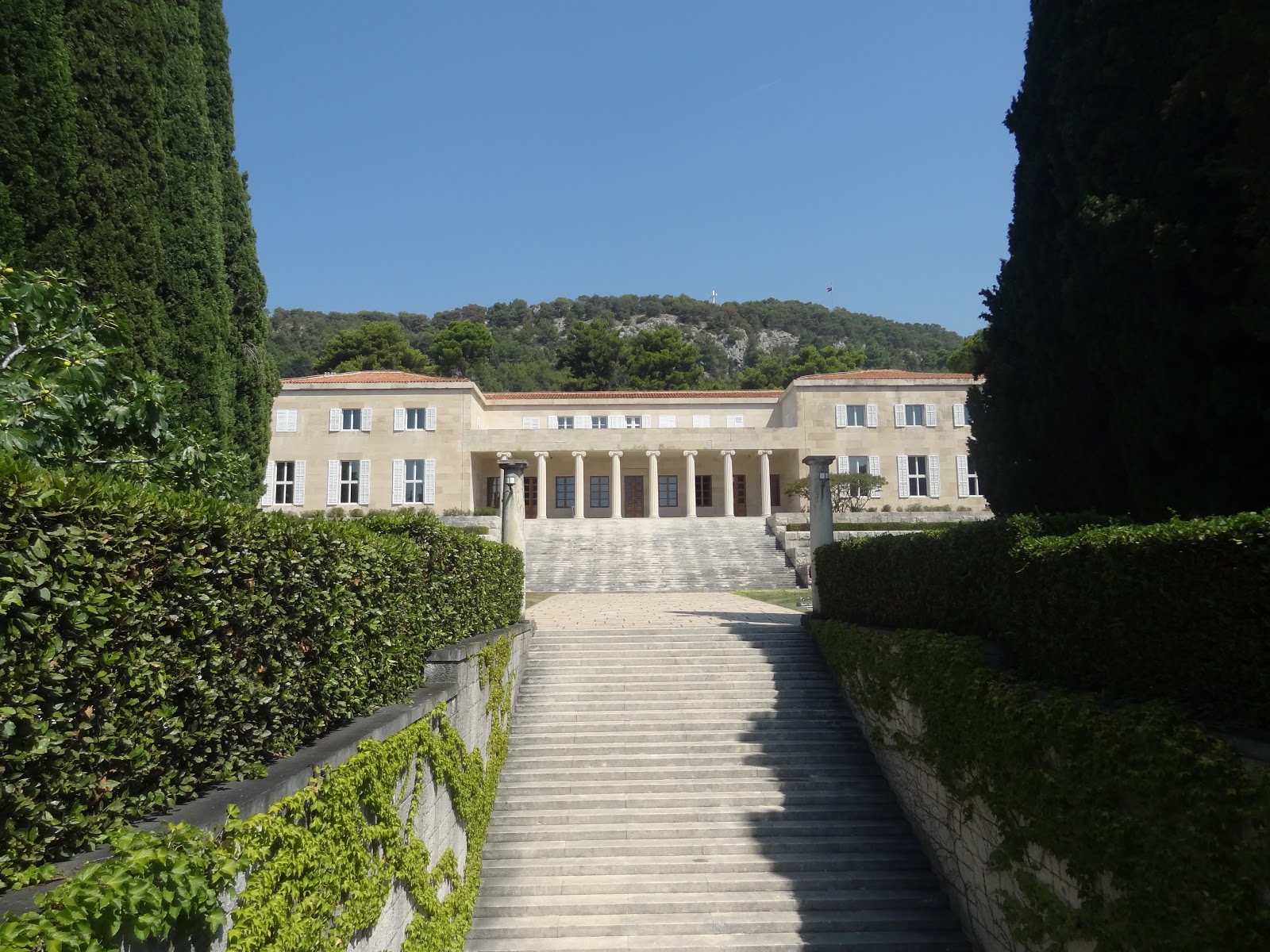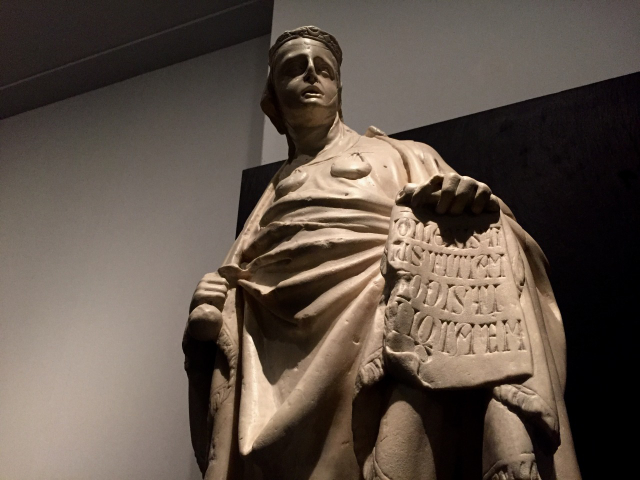The Portrait of Mr. and Mrs. Arnolfini is considered among the artist’s masterpieces, it is also one of the most significant works of Flemish painting. The complexity of the painting and its enigmatic aura have led to several questions being asked about it, which are still unanswered. Flemish works are known for their in-depth study of light and lighting effects and for their attention to detail.
Objects of daily use, plants, flowers, facial expressions and clothes: no detail escapes the Flemish painters who are skilled in reproducing even the smallest details and the Portrait of Mr and Mrs Arnolfini by Jan van Eyck, 1434, shows all the characteristics of Flemish painting. Giovanni Arnolfini is the wealthy merchant from Lucca, established in Bruges since 1420, portrayed with his wife Giovanna in this painting by Van Eyck.
The entire painting is a documentation of the social and economic status of Arnolfini: the furniture, the mirror behind the characters, the chandelier.
Everything is placed in that room to tell us the story of these two spouses and, for some scholars, it would be the representation of the celebration of the marriage between the two.
The artist describes everything faithfully and reproduces exactly one of the many rich residences of the merchants who lived in Flanders during the Renaissance.
Van Eyck paints the objects and you can almost feel the texture of the fabrics and the smell of the wood of the furniture.
From the chiselled brass of the chandelier to the soft fur of the Arnolfini couple’s robes, everything is faithfully described. However, there are many symbols present, such as the dog which represents marital fidelity, or the apple on the windowsill which is the symbol of the Passion of Christ, or the single lit candle on the chandelier which recalls the brevity of earthly existence.
The space of the room is also shown from a different point of view through the mirror in the background. This stratagem dilates the painted space and allows us who are observing to become spectators, as if everything were happening before our eyes.
